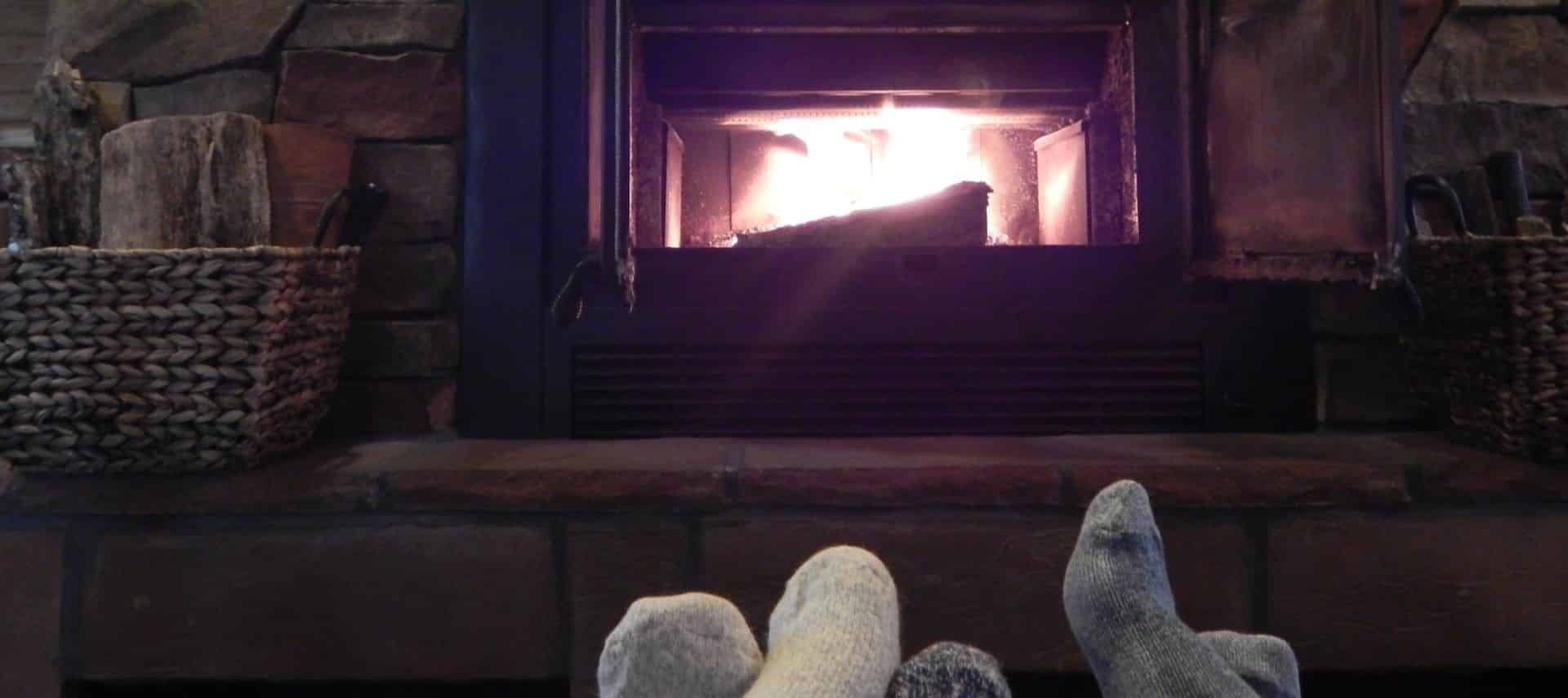Hiking our 25 acres next to the Little Niangua River, I’m careful to listen intently for the first sounds of Phoebes, the first evidence of carpenter bees, the first yelps of turkeys. If the wind is still, I am still. If the wind is moving, then I can move with more of a chance of not being detected. If the sound of a Blue Jay is loud and raucous, I stand still and wait for what happens next.
When I want to focus my listening, I cup one hand behind an ear or maybe both hands behind both ears, mimicking the large ears of the deer and coyote. It’s March and the seasons are beginning to change noticeably. The leaf buds on many trees are swelling, the water temperature is beginning to warm and the early bird migrants can be expected anytime. The owls will fledge soon and some hawks are sitting on eggs. Spring Peepers are calling on warm days, only to be tricked by a sudden change in the weather.
Tracks and signs of mammals are all around us. They include the many leaf nests of red and grey squirrels, the tracks in the mud and sand of deer, coyote, raccoons, opossums, the deer hair caught on barbed wire fences and last fall’s deer antlers and the trails of armadillos through the forest leaf floor.
If we’re paying attention, we’ll soon see insects flying above the stream, birds like pewees and phoebes dipping and diving around our porches, nuthatches and brown creepers climbing and descending the trees, inspecting for ants, beetles and other insects in the bark.
Don’t forget to feel the hairlike projections of the moss on rocks and trees and the many textures of lichens and fungi on the tree bark.
When the leaves appear, we can relish in the scents of the Beefsteak/Pennyroyal, Sassafras, Spice Bush and Fragrant Sumac.
Later in the year, we’ll be tempted to taste the paw-paw, watercress, acorns, hickory nuts, mint and sassafras, Mulberry and Raspberry (watch out for the stickers!)
